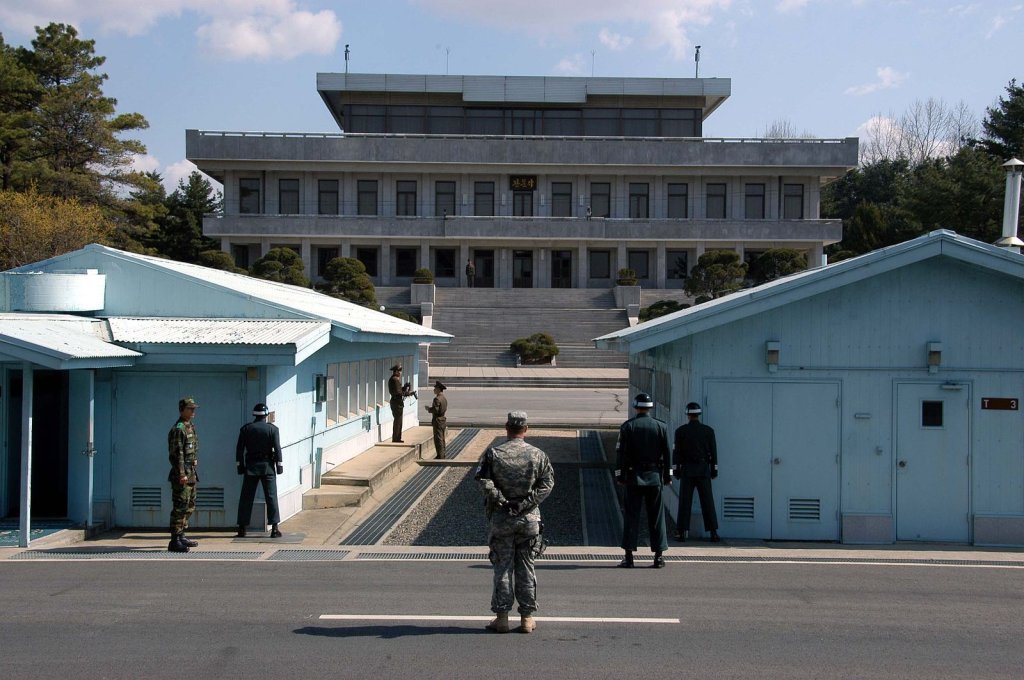American officials are suddenly concerned that Russia’s war in Ukraine is becoming a “frozen conflict,” where two or more sides have engaged in armed combat, but no peace is in sight – even if a ceasefire agreement is reached. Despite its heavy losses in manpower, materiel and international prestige, Russia appears unlikely to disengage from its Ukraine War. Ukraine is equally unlikely to negotiate an end to the conflict after making it known that any agreement that results in ceding its territory is a non-starter.
If the war in Eastern Europe continues as a stalemate the way it has, it’s likely to become one of the world’s intractable frozen conflicts, with peace forever stalled. The United States has a vested interest in the continued survival of Ukraine and so will support it into the future. This means the conflict will continue, just like the following frozen conflicts, some of which have been going on for 50 years or longer.
Here are 5 Worldwide ‘frozen conflicts’ and why they’re important to the US
Israel and Palestine
Perhaps the best-known, most intractable and the most impactful on American foreign policy, is the Israeli-Palestinian Conflict, which sometimes draws in Israel’s Arab neighbors. It stems from many sources, including the British declaration of a Jewish homeland, the 1947 UN Partition Plan that promised areas of Palestine to Arabs and the Jewish people, and the subsequent 1948 Israeli Independence uprising that Israel won handily.

This means both sides have legitimate claims to the land and grievances against the other. In later years, Israel has captured areas like the Sinai Peninsula from Egypt, the Golan Heights from Syria, and even relinquished areas like the Gaza Strip back to Palestine in accordance with international agreements.
The United States is deeply connected to Israel and brought landmark peace treaties like the Camp David Accords and the Abraham Accords. These gave Israel official recognition among some Arab states, but the fate of the Palestinians is in doubt, making it likely the conflict will continue for even longer.
The Korean Peninsula
After World War II, Korea was divided like many other countries, between the communist North and the “Democratic” South (true democracy eluded South Korea until relatively recently). The brutal 1950-1953 Korean War demonstrated just how devastating a conflict between the two Koreas could be, but no peace treaty ending the war was ever signed. Korea remains divided in potential conflict that would be ruinous for both North and South.

Now that North Korea has demonstrated its nuclear weapons capabilities, the conflict looks even more intractable than ever. The regime of Kim Jong Un is unlikely to give up those weapons or cede power to reunite the two countries peacefully, meaning the stalemate on the 38th parallel will continue into the foreseeable future.
Bosnia and Kosovo
With the breakup of the former Yugoslavia in the 1990s, the Balkans descended into a decade of prolonged civil war and ethnic cleansing. The violence became so bad, The United Nations, the United States and its NATO allies felt compelled to intervene at multiple stages. The US attacked Serbs targeting Bosnians in 1995, forcing a peace agreement on the Serbs.

A few years later, ethnic Albanians in Kosovo wanted independence from Serbia, which Serbia brutally rejected, so the U.S. launched an air war against Serbian forces. At the same time, the Kosovo Liberation Army began attacking Serbs. The violence was quelled, but Serbia still considers Kosovo its territory. Ever since, Kosovo has been administered by the United Nations.
Cyprus
The Mediterranean island of Cyprus was captured by the British from the Ottoman Turks in 1878 and annexed in 1914 at the start of World War I. Although control of the island was supposedly settled in a 1959 agreement, Turkey invaded greater Cyprus in 1974, sparking a dispute that has never ended.

Turkey occupied Northern Cyprus while Greece began an uprising in the rest of the country. Most of the island is governed by the pro-Greek government while Turkey recognizes the northern area as an independent nation. None of this would matter to the U.S. if both belligerents weren’t supposedly NATO allies.

